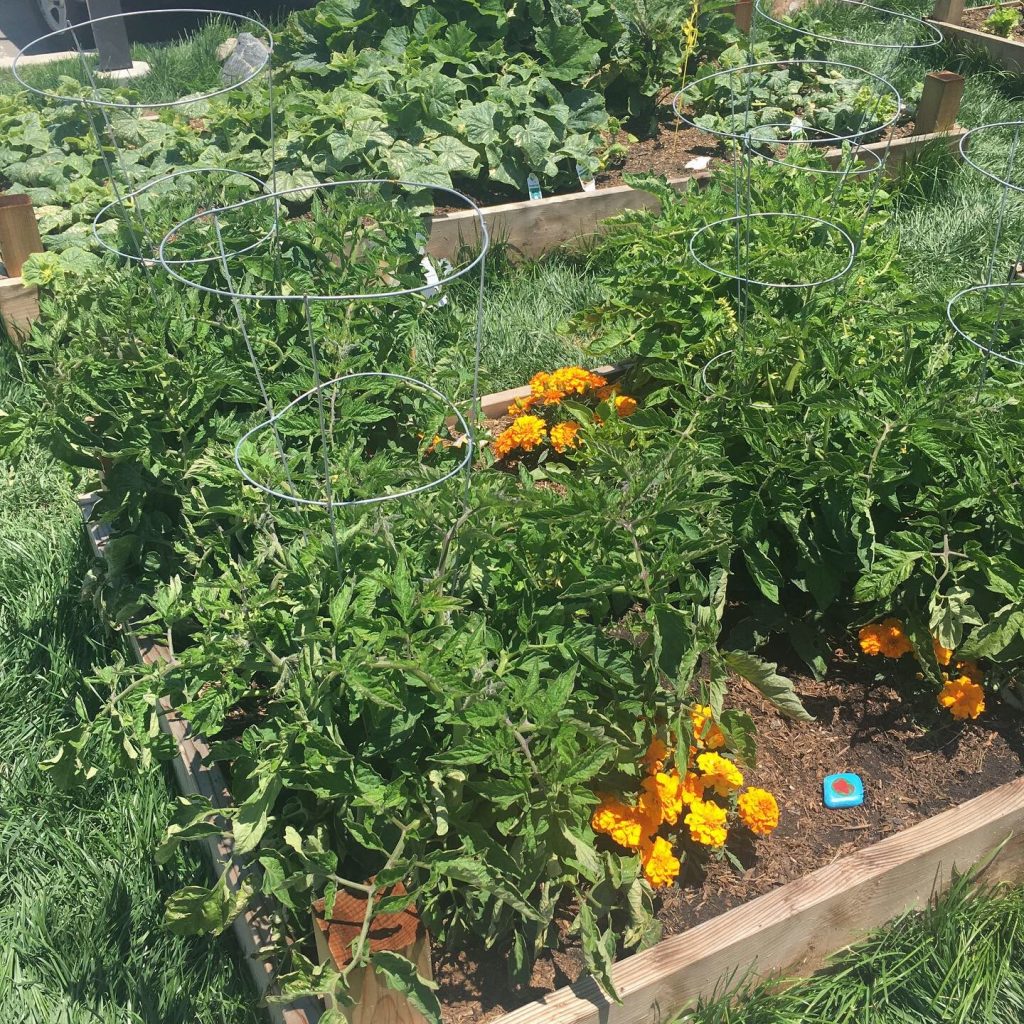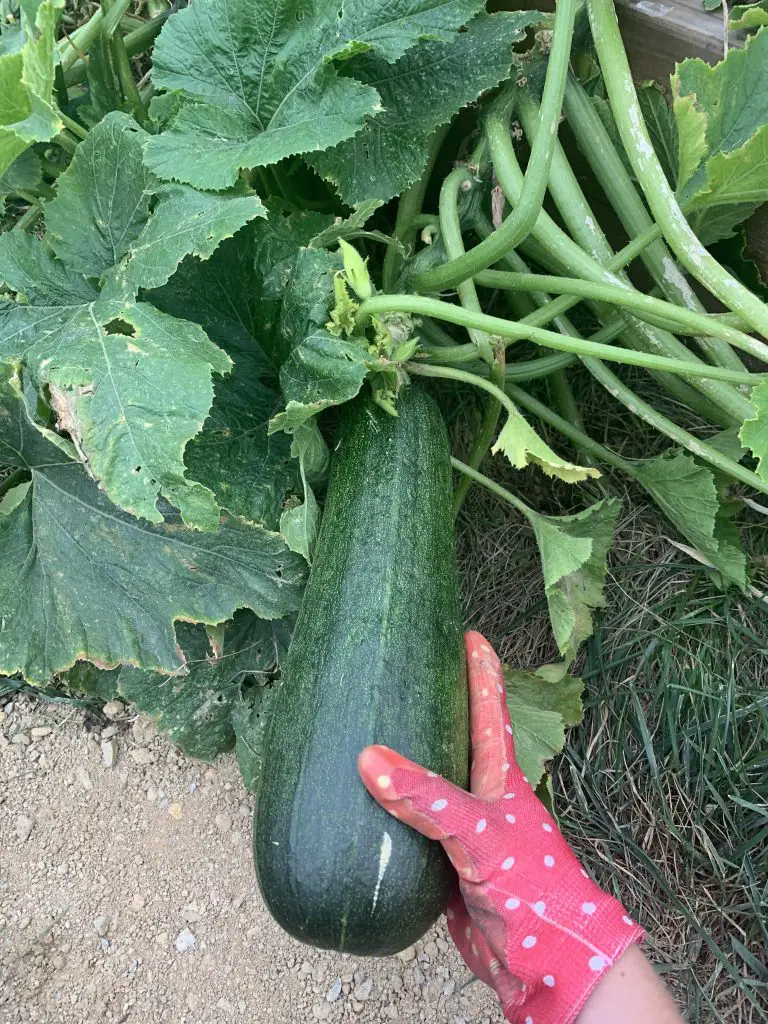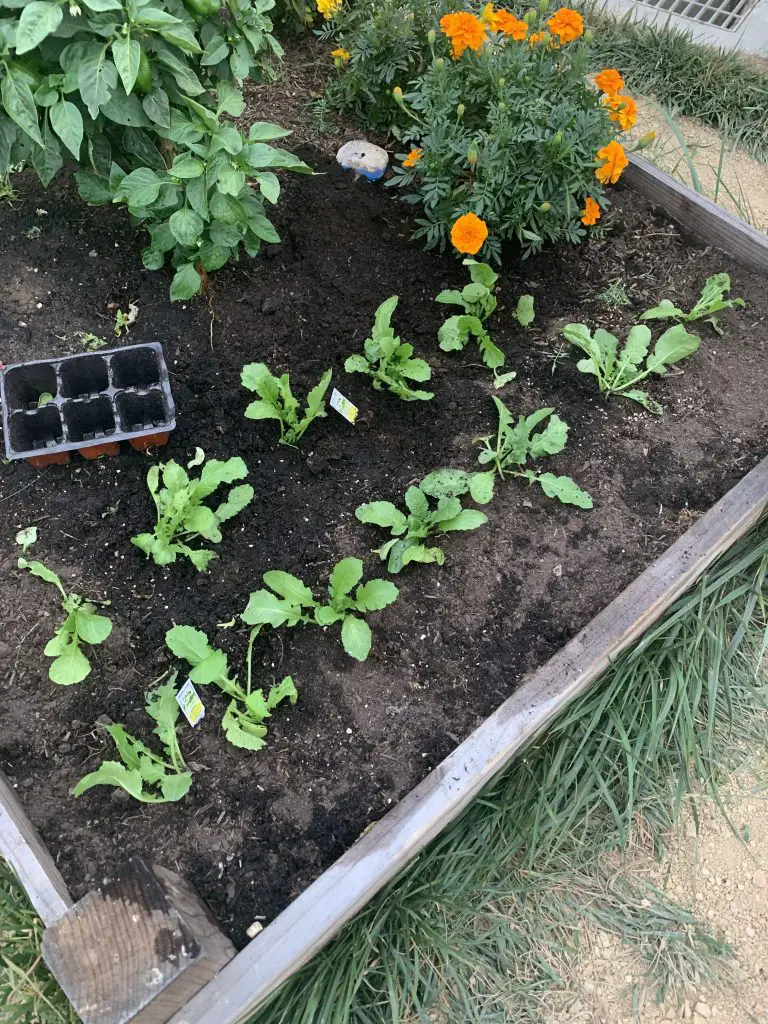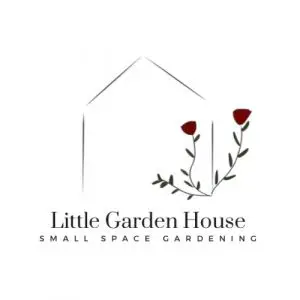How to Start a Vegetable Garden – 5 Tips for Beginners
This article contains ads and affiliate links. Pease see our Disclosures and Privacy Policies for more information.
Here at the little garden house, we have started several vegetable gardens from scratch in everything from tiny, to medium and large spaces. Weve grown vegetables in challenging soils, pots on paved patios, even on concrete! It really is true that you can start a garden anywhere. With the right tools and preparation, you can have the vegetable patch of your dreams, and we are here to help!
If you are wondering how to start a vegetable garden in a small space, or where to start if you are a compete beginner, see the 5 tips below.

1. Find the ideal location to grow a vegetable garden
First things first, where are you growing? Think about your local conditions and choose plants accordingly, tip: check the labels to see ideal conditions. If you have a hot sunny spot, peppers and tomatoes are going to thrive! If you have a foggy location with less heat, kale and swiss chard will be happy campers! You can still grow hot weather veg in cooler areas and vice versa, but knowing your conditions and then researching what will thrive, will make everything easier for you.
Things to know about your local conditions
- Last Frost Date – Plant out after this date
- Rainfall – In dry areas you will need to plan for more watering or irrigation
- Average temperatures throughout the year
You also need to consider the conditions of your chosen site.
- Is the site exposed to the wind
- How many hours of sun will the site receive in a day
- Does your chosen location have shade
- What kind of soil do you have
- Tip: Look for microclimates in your space, extra heat can come from proximity to pavers, walls and protection from wind.
If you are using a raised bed on the ground, or planting directly into the ground, investigate your soil by..
- Checking the PH using a testing kit
- Check the soil type using the hand method (Here is a great blog post on how to test your soil)
2. Build or buy a raised bed or container
No Matter the size of your space, you can create a beautiful vegetable garden by utilizing the vertical space a planter or pot can provide. You can build a planter, or buy one from your local hardware store. In addition to building or buying a vegetable bed, here are some ideas of how to use items you may already have!
- Bucket with holes drilled in the bottom
- Plastic tubs
- Old boots even work to grow plants!
- Old watering can with holes in the bottom
- Old rain gutters (for strawberries)
- Build a vegetable bed using wooden pallets
4. Grow vegetables that you love to eat!
Choose vegetables and varieties that you and your family love to eat. You will get much more enjoyment out of caring for your plants if you are excited for the harvest! My husband and I love tomatoes, so even though we are in a foggy area, I make sure to have lots of tomatoes growing as they bring us so much joy.
- If you hope to start from seed, I recommend ordering your seeds online, you get a much larger variety and you know they are fresh.
- If you prefer to start with plant plugs, you can also order from an online nursery and have the pants delivered to your door. Alternatively, you can purchase in a local nursery. See our free printable checklist for buying plants in a nursery

5. Water your plants regularly as they start to grow
- For seeds – You will need to water regularly and provide the right conditions. Some seeds can be started outside, such as carrots and others inside. You may also need to provide warmth with a heating mat.
- For plant starters– As your plant begins to grow and gets established, you need to water consistently to avoid it drying out. Follow the instructions on the label for how often to water. Some vegetables need much more than others. You can also use mulch to keep the water in and retain water in the soil.
6. Attract Pollinators to pollinate your vegetables.
To attract pollinators, you can plant flowers in or next to your vegetable bed. Remember, there are no vegetables without pollinators!
our favorite pollinator attracting flowers are
- Marigolds
- Flowering sage
- Lavender
- Flowering annuals


